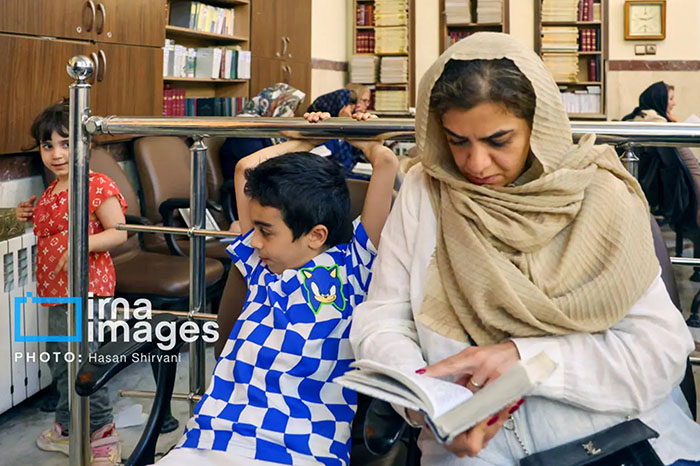Revisiting Khomeini’s Legacy in 1404
As the Islamic Republic nears its fifth decade, the role of Khomeini in shaping its identity remains both central and contentious. His legacy has become institutionalized—his teachings are embedded in state discourse, and his image is omnipresent in Iranian cities. The official state narrative upholds him as the embodiment of resistance against tyranny and the revivalist of true Islam.
But this legacy is also subject to re-interpretation. For Iran’s younger generations, especially those born after the revolution, Khomeini is a distant figure often viewed through state-filtered channels. For the country’s minorities—Jews included—he is a paradox: a revolutionary cleric who established a theocracy but also advocated for the protection of their identity and worship.
The 2025 commemoration at Yousef Abad reveals that even within such paradoxes, there is space for reverence. Rabbi Danielian, closing the ceremony, said, “We do not come here to endorse politics; we come to honor a moment in history when a voice from Qom told us we had the right to remain who we are. That voice was Khomeini’s. Whether one agrees with all of his politics or not, that declaration still echoes.”

